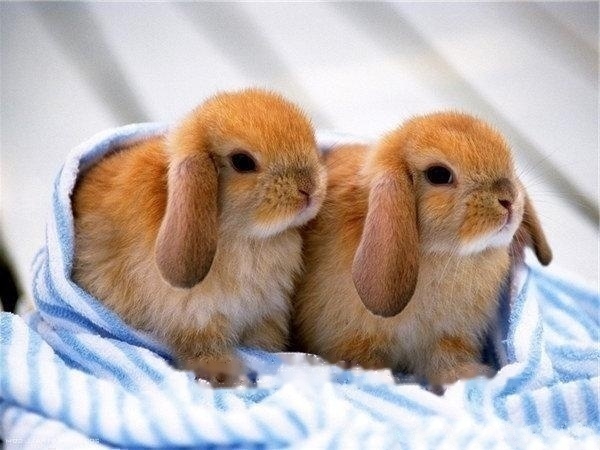For the first-time lop-eared rabbit owner, the most important thing is to choose a bunny with a strong physique. There is no absolute standard for choosing a healthy puppy. What about the lop-eared rabbit What should I pay attention to when purchasing? Let’s learn about the purchase of lop-eared rabbits with the editor!

What are the purchasing skills for lop-eared rabbits?
1. The rabbit's eyes should be very clean, there should be no watery eyes, and there should be no eye wax.
2. There should be no nasal discharge from the nose. It is normal if the nose starts to get wet after you pick it up and play with it. This is because they are nervous or frightened. There should also be no sneezing.
3. The depth of the ear should be very clean, without brown liquid or solid.
4. There should be no dandruff and cracks on the surface of the skin, nor should there be hair flaking, as this is a symptom of skin disease.
5. The teeth of the upper jaw of the rabbit should be longer than the lower jaw, but not too long, otherwise it will not be able to eat. If possible, ask the seller to give you something that the rabbit eats, such as hastily, etc. Take a look at the rabbit Can rabbits eat it.
6. Rabbits with well-developed physique have well-proportioned body parts, strong muscles, smooth and dense back hair, soft and shiny, flexible, agile, and quick to respond. The slight special sound will immediately raise its head and close both ears. Erect and turn the ear shell; while the sick rabbit is depressed, the body is thin, the bones are exposed, the back hair is rough, disheveled, and lacks luster, and the molting is not carried out according to the molting season.
7. Healthy rabbits have a strong appetite and fast food intake, and eat up the normal amount of feed within 15 to 30 minutes; sick rabbits show loss of appetite, slowed feeding speed or refusal to eat.
8. The skin of healthy rabbits is firm, dense and elastic, rosy and smooth and clean. The normal skin temperature is 33.5~36℃. When touching, pay attention to the temperature, humidity, elasticity, swelling and trauma of the rabbit's skin.
![[Dog Training 5] The training method of pet dog dining etiquette](/static/img/12192/12192_1.jpg)




